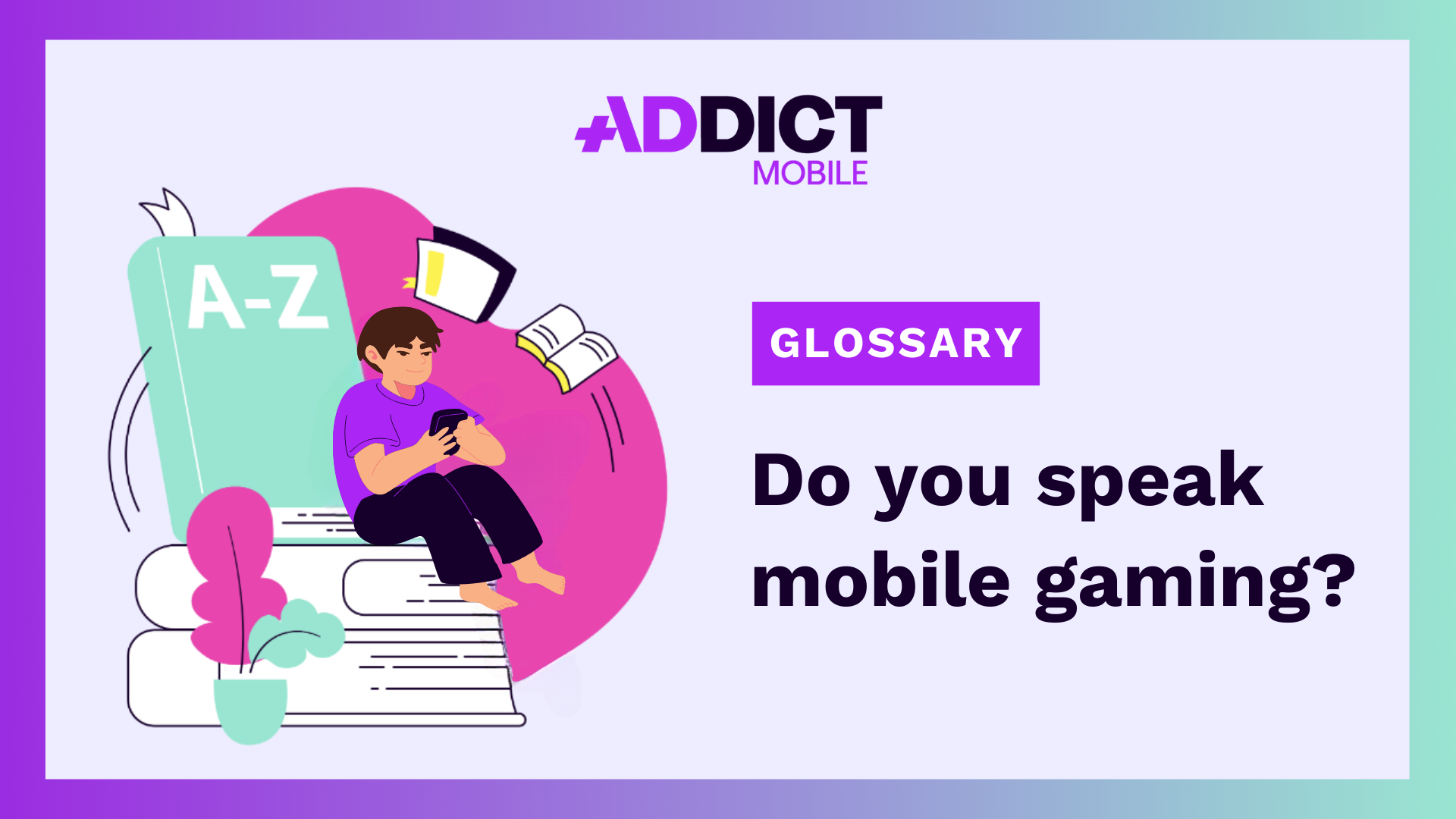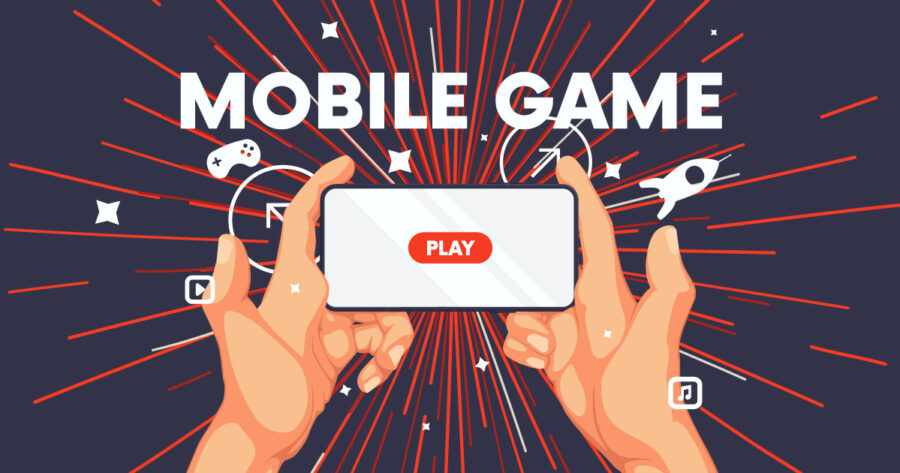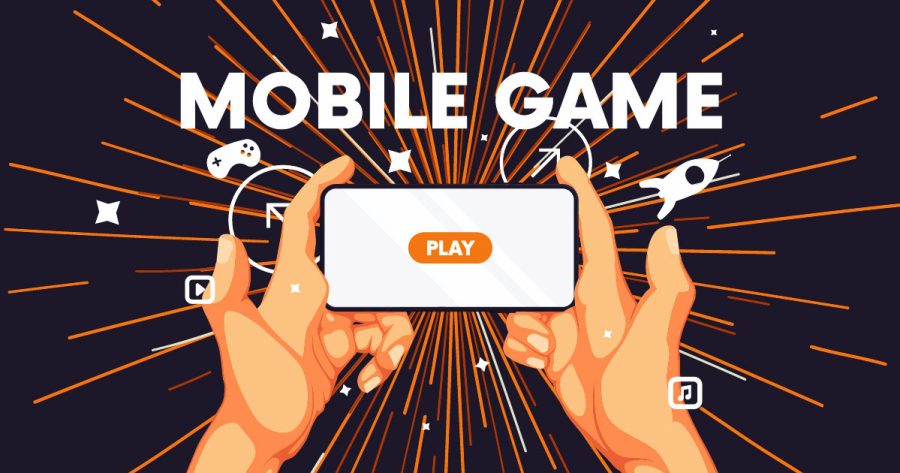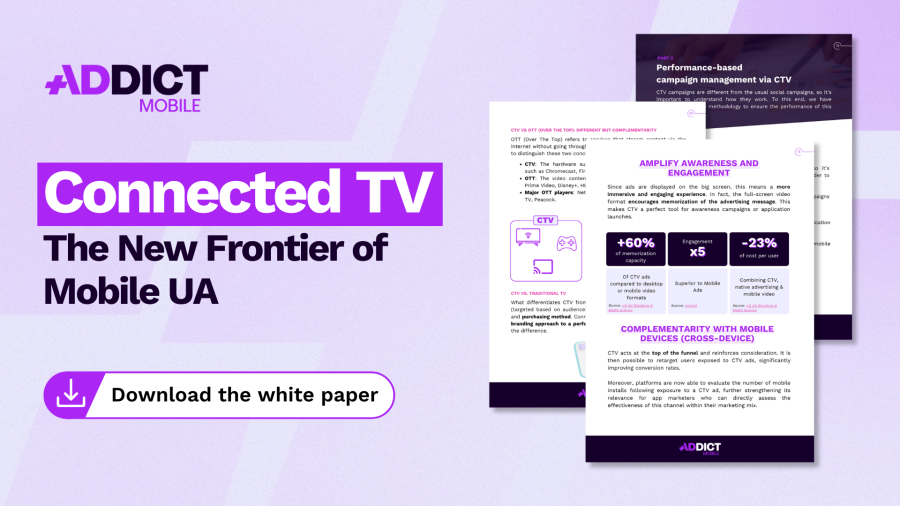Do you speak mobile gaming?

With 2.2 billion active mobile gamers worldwide and consumer spending reaching $107.3 billion in 2023, the mobile gaming market remains a thriving sector. Understanding this universe is essential, and it begins with mastering its vocabulary. Discover our mobile gaming glossary.
Types of Games
- Hardcore: mobile game category characterized by its high difficulty and complex game mechanics, requiring skills and critical thinking. These games are highly engaging, requiring a significant time investment for players to learn and master their mechanics.
- Mid-Core: Game category that lies between casual and hardcore games in terms of complexity and engagement. With more advanced gameplay mechanics, they require a certain level of skill and investment from players. They offer a deeper and more immersive gaming experience than casual games while remaining accessible to a wide audience.
- Hybrid-casual: Game category that combines elements of casual and mid-core games. They offer a simple and accessible gaming experience to a wide audience while incorporating more complex mechanics and a steeper difficulty curve, as well as more advanced strategic elements. These games provide a more engaging gaming experience while still being accessible to casual players.
- Casual: Simple and accessible game category to a wide audience, requiring neither extended commitment nor specialized skills. With simple game mechanics and easy-to-understand rules, these games offer short sessions and are accessible even to non-regular players.
- Hyper-casual: Game category that combines elements of casual and mid-core games. They offer a simple and accessible gaming experience to a wide audience, while incorporating more complex mechanics and a steeper difficulty curve, as well as more advanced strategic elements. These games provide a more engaging gaming experience while still being accessible to casual players. This category has become one of the most popular in mobile gaming in recent years. In 2023, hyper-casual mobile games dominated the download market with a total of 16.4 billion, representing 28% of the total volume of mobile game downloads. (source: State of Mobile 2024)
Soft Launch
Soft Launch refers to the release of the game in a limited number of countries or regions before a global rollout. It is widely used to test the game in real conditions, collect data, and gather initial feedback from players, while identifying any potential issues before the game’s official launch.
Hard Launch
Hard Launch refers to the official launch of a mobile game on the market, where it is made available to the general public without geographical restrictions. It is accompanied by a marketing strategy designed to support the game’s growth, generally including paid advertising activities (with user acquisition), partnerships with influencers, or an increased presence on social networks.
Types of monetization
- IAA : In-app advertising consists of integrating ads into an application through various formats such as banners, rewarded videos or interstitials. Unlike IAPs, this method keeps the application completely free, while generating ongoing revenue for as long as users remain active. 82% of mobile gamers say they are more into free mobile games that include ads than paid games with no ads. (source: eMarketer).
- IAP : In-App Purchases involve offering additional purchases within the application, whether in the form of consumable goods (such as virtual currency or skins) or non-consumables (such as unlocking the full version of an application). IAPs generate higher revenues than IAAs, as each in-app purchase brings greater value than the simple viewing of an ad by the user. IAAs, on the other hand, rely on the multiplication of ads to generate revenue. According to Business of Apps, 79% of mobile games monetize with in-app purchases. (source: Business of Apps).
The combination of IAP and IAA is also often used as a monetization model, which allows maximizing the revenue generated by each user. However, it is essential to maintain a balance between revenue generation and maintaining a positive and engaging user experience in the long term.
ARPU (Average Revenue Per User)
KPI used to assess the average revenue generated by the entire user base. It provides an overview of an application’s monetization and helps evaluate its overall effectiveness. According to Statista, in 2023, the average revenue per user for mobile games worldwide amounted to $53.52, representing an increase of over 6% compared to 2022. (source: Statista)
ARPPU (Average Revenue Per Paying User)
KPI primarily used in the video game industry to evaluate the average revenue generated by a user who has made an IAP. In UA it allows evaluating the maximum acceptable cost to acquire a new user based on the revenue generated by players making a purchase
DAU (Daily Active Users)
KPI used to evaluate the number of unique users engaging in at least one session on the application daily. It is an indicator of the application’s health, its ability to retain users. It helps measure its long-term growth while providing insights into the effectiveness of implemented monetization strategies. Between 2022 and 2023, the median DAU for mobile games worldwide increased by 4.1%, rising from 43,146 users per game to 44,919. (source: Unity gaming report)
LTV (Lifetime Value)
It estimates the total revenue generated by a user throughout their lifetime usage of the application. This KPI is crucial in the gaming industry as it provides a direct indication of the profitability of users acquired through various channels. It also helps establish relevant goals regarding the user acquisition cost over a defined period, usually taking into account user retention in the application.
Retention
Retention refers to an application’s ability to maintain the interest of its users over a given period. This KPI is particularly crucial for applications whose monetization relies mainly on IAA because engaged users generate revenue over the long term. High retention contributes to a more appealing LTV. Globally, mobile game retention is slightly decreasing, with a respective decrease of 1.00% and 0.10% for D1 and D7 retention. (source: Unity gaming report)
Playable ads
Ads that allow users to try out a game (usually) directly from the ad, without having to install it first. They encourage users to interact with the ad by offering a playful and engaging preview of the game. This type of content generally requires a longer production time than more traditional ads.
NEWS
Article in relation

(Part 3) Soft launch: our key tips to…
In our previous two articles (part 1 and part 2), we talked about the key points to follow during a mobile game soft...
Published on 15 January 2024
(Part 2) Soft launch: our key tips to…
In our first article, we explained the importance of a soft launch for the release of a mobile game: how to correctly identify...
Published on 18 December 2023
(Part 1) Soft Launch: our key tips to…
A game’s soft launch is full of excitement and tension and is always eagerly awaited by the production teams. After months, even years,...
Published on 3 December 2023


